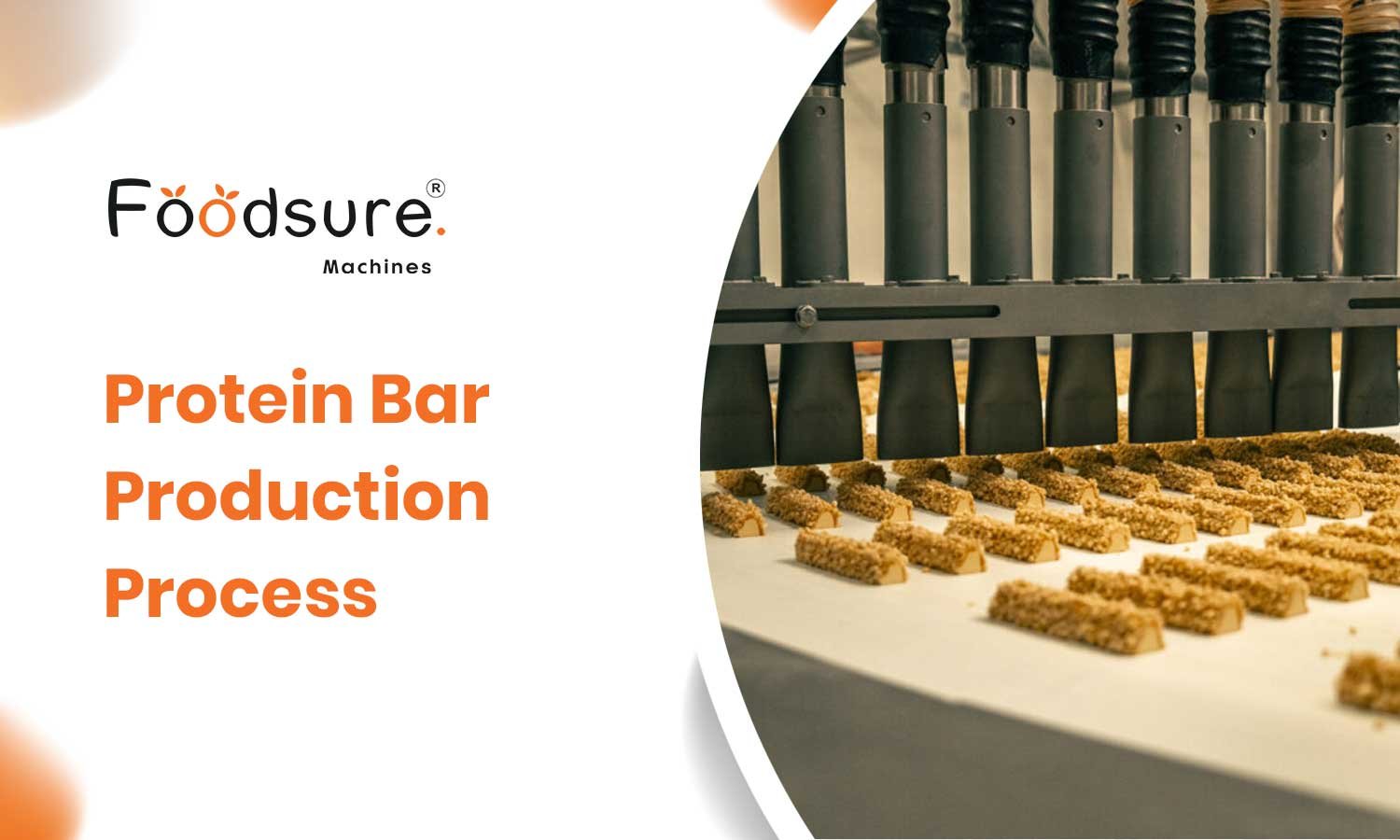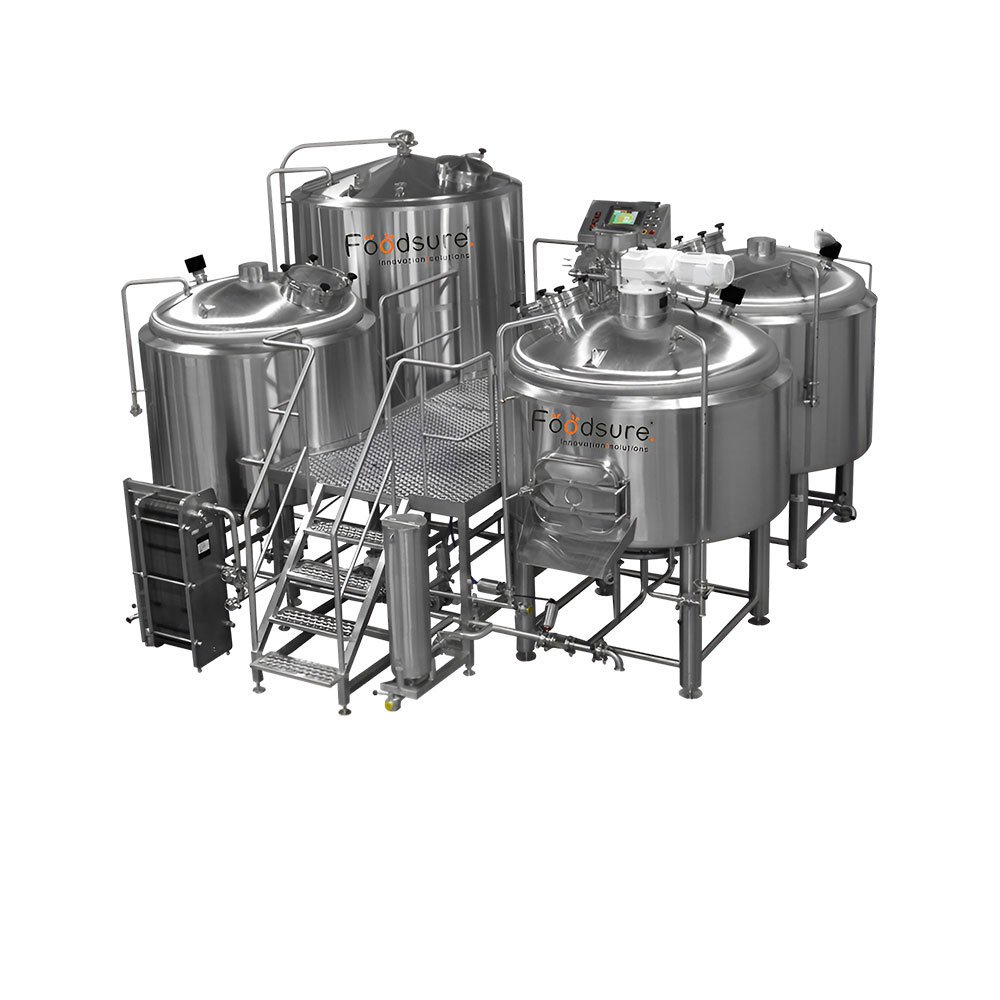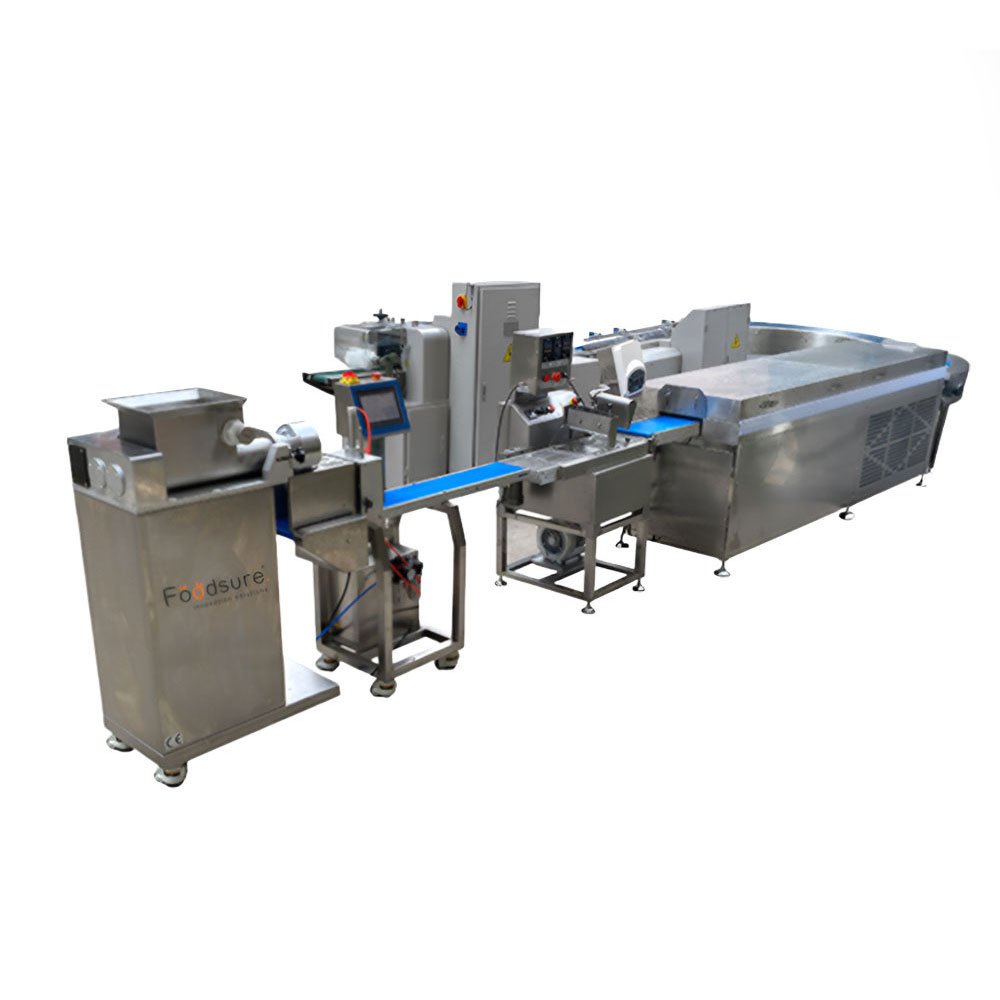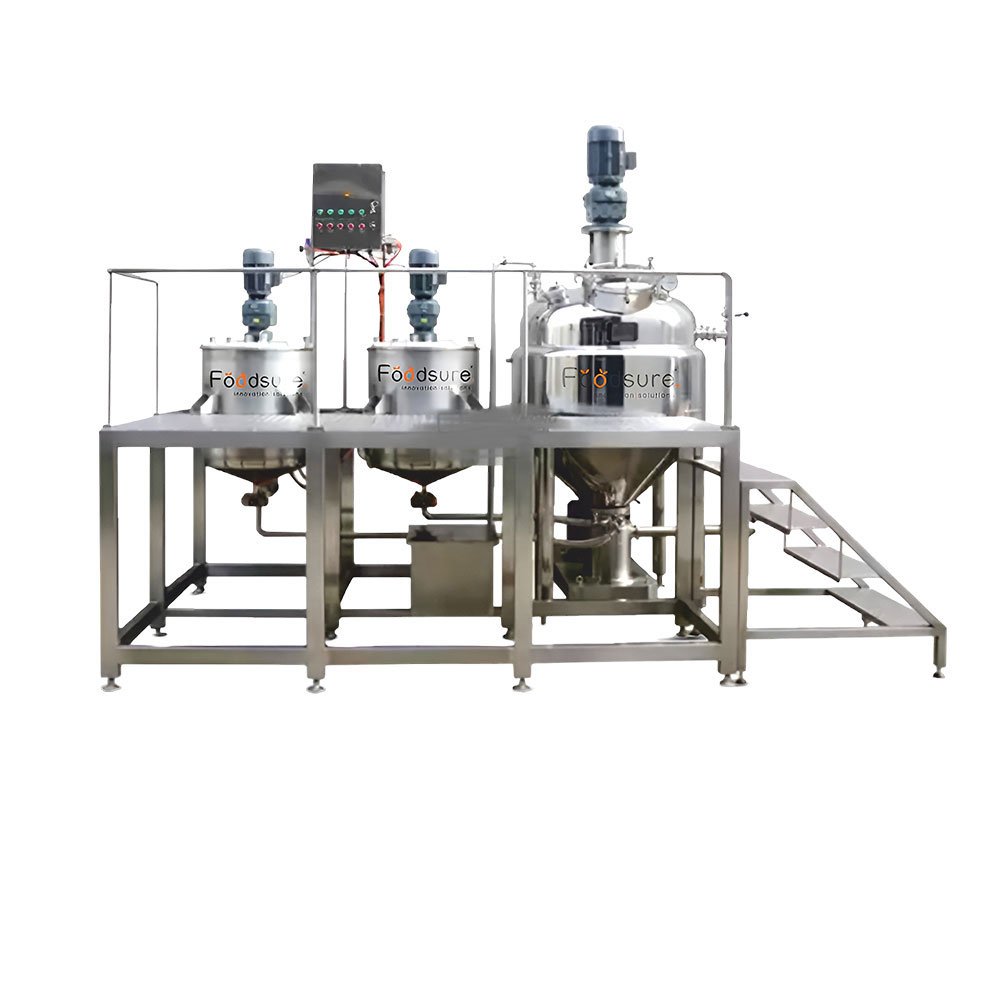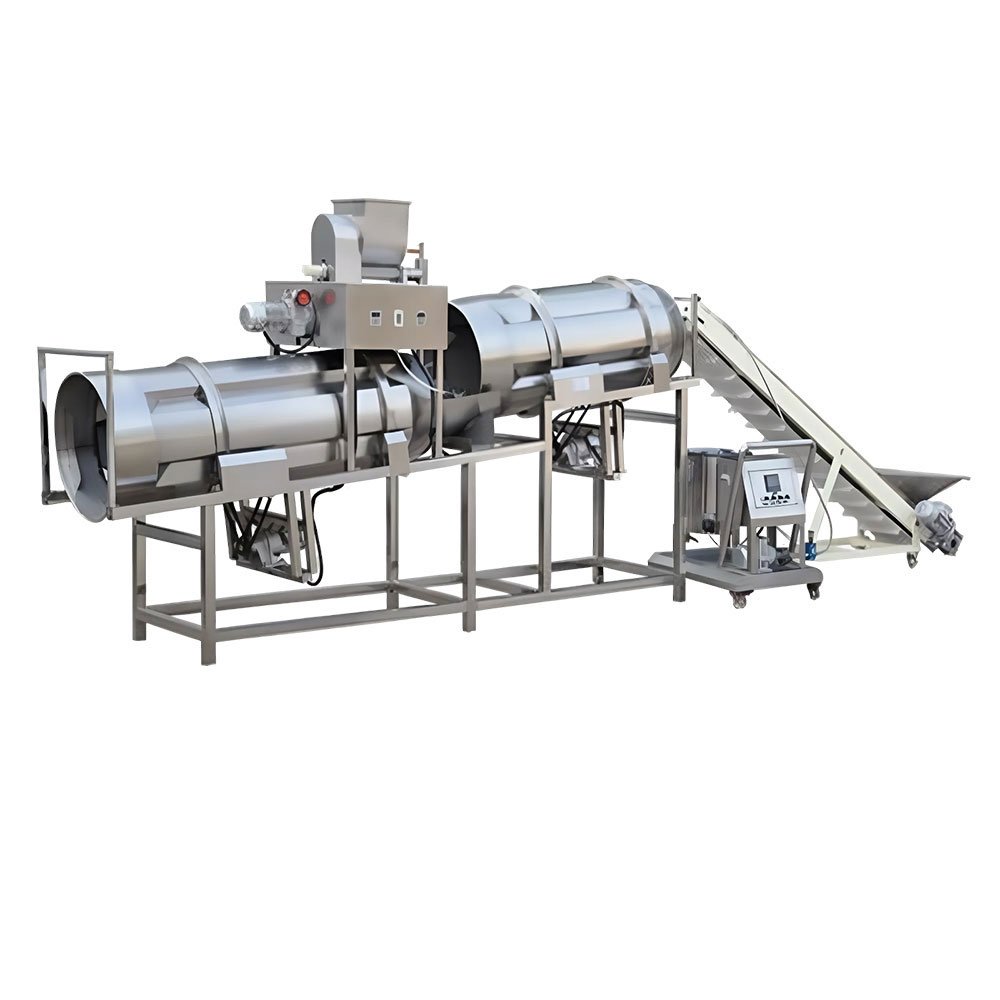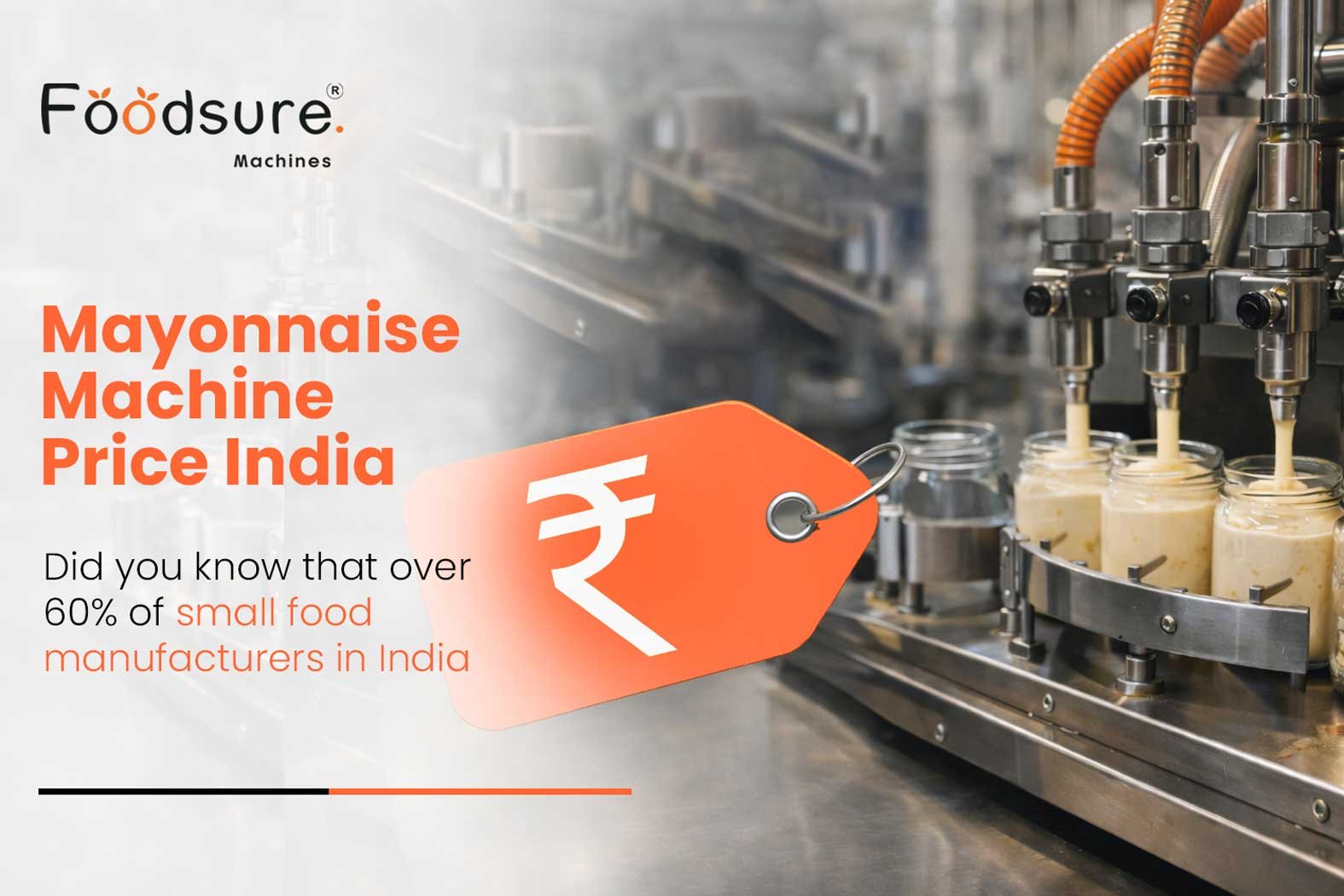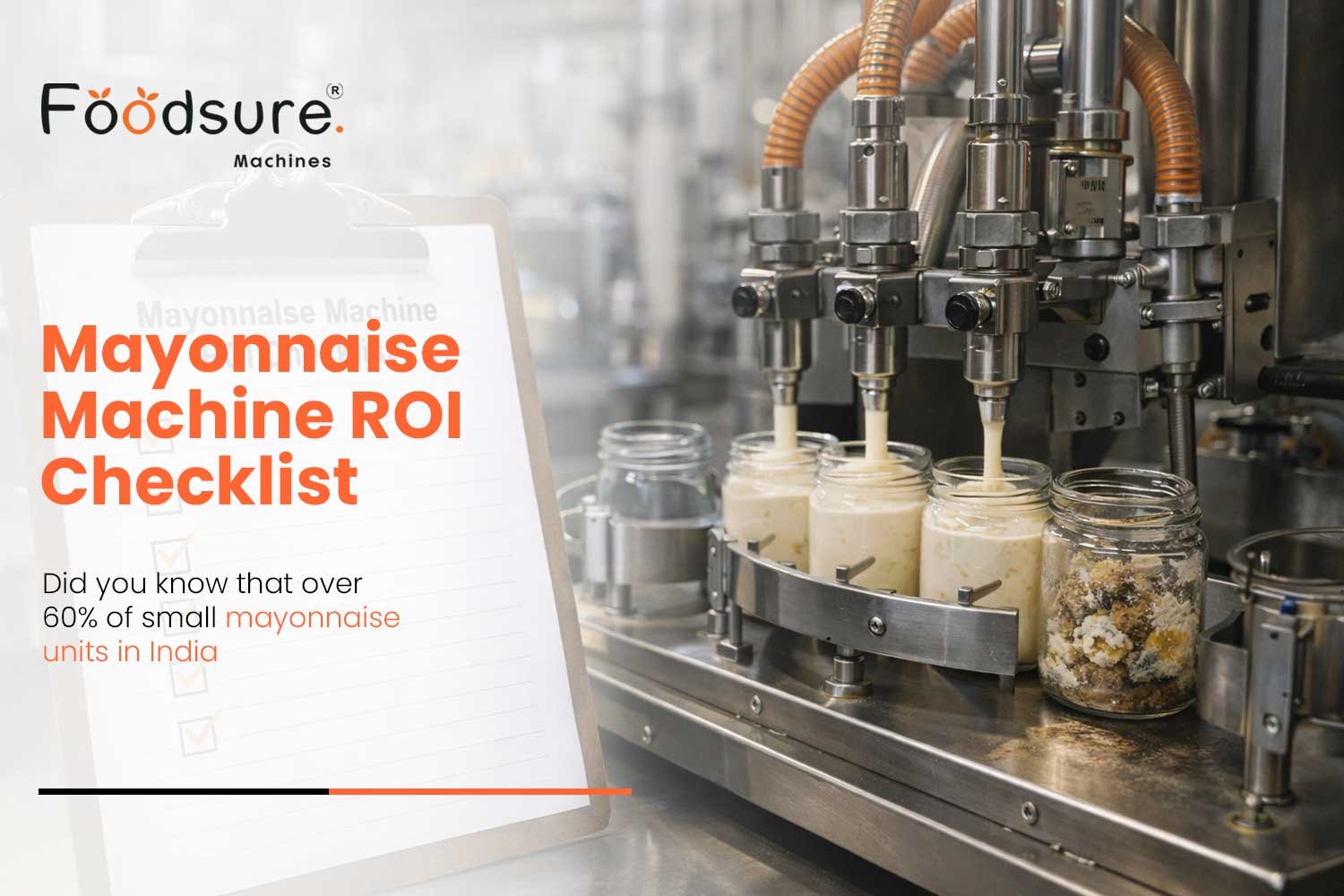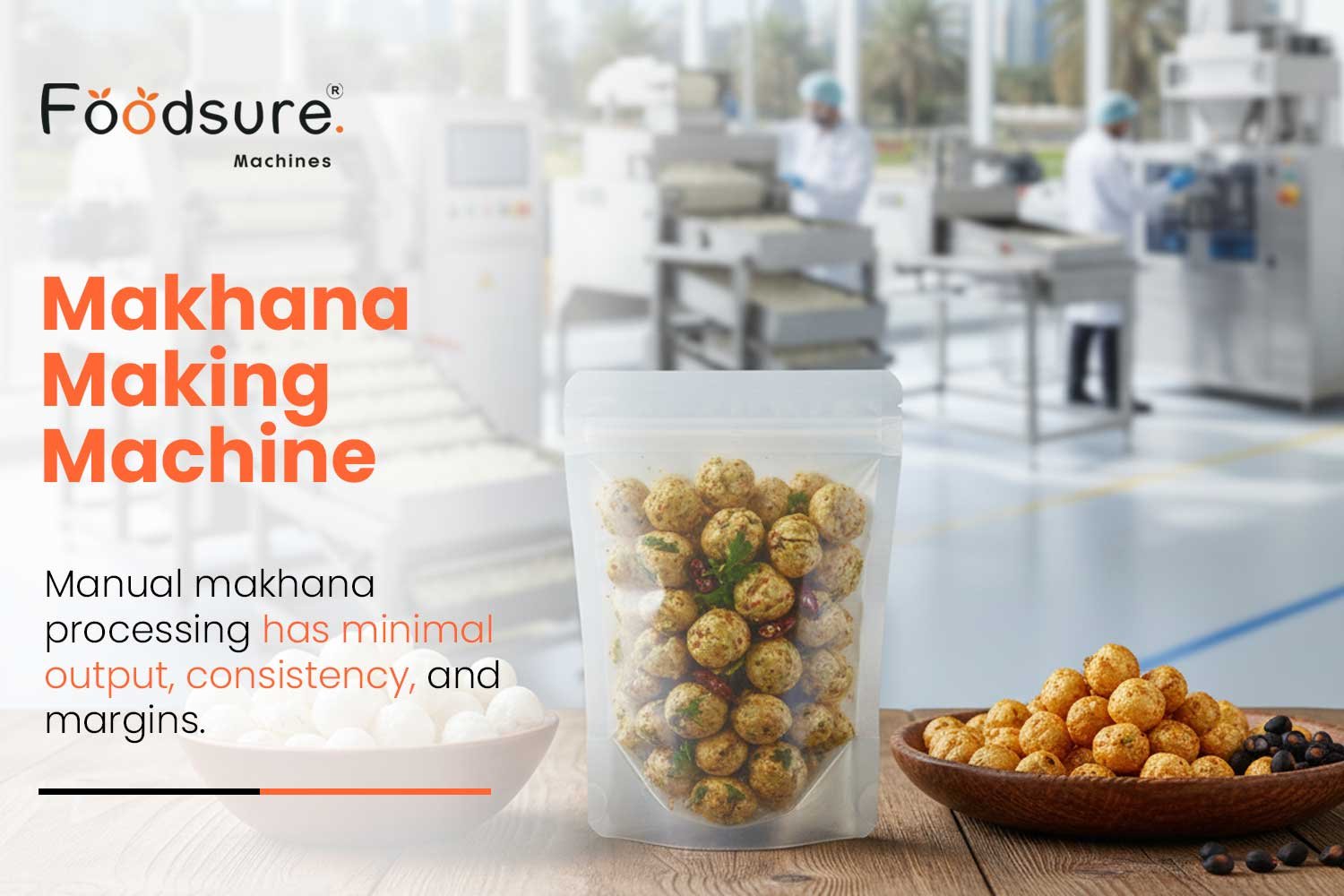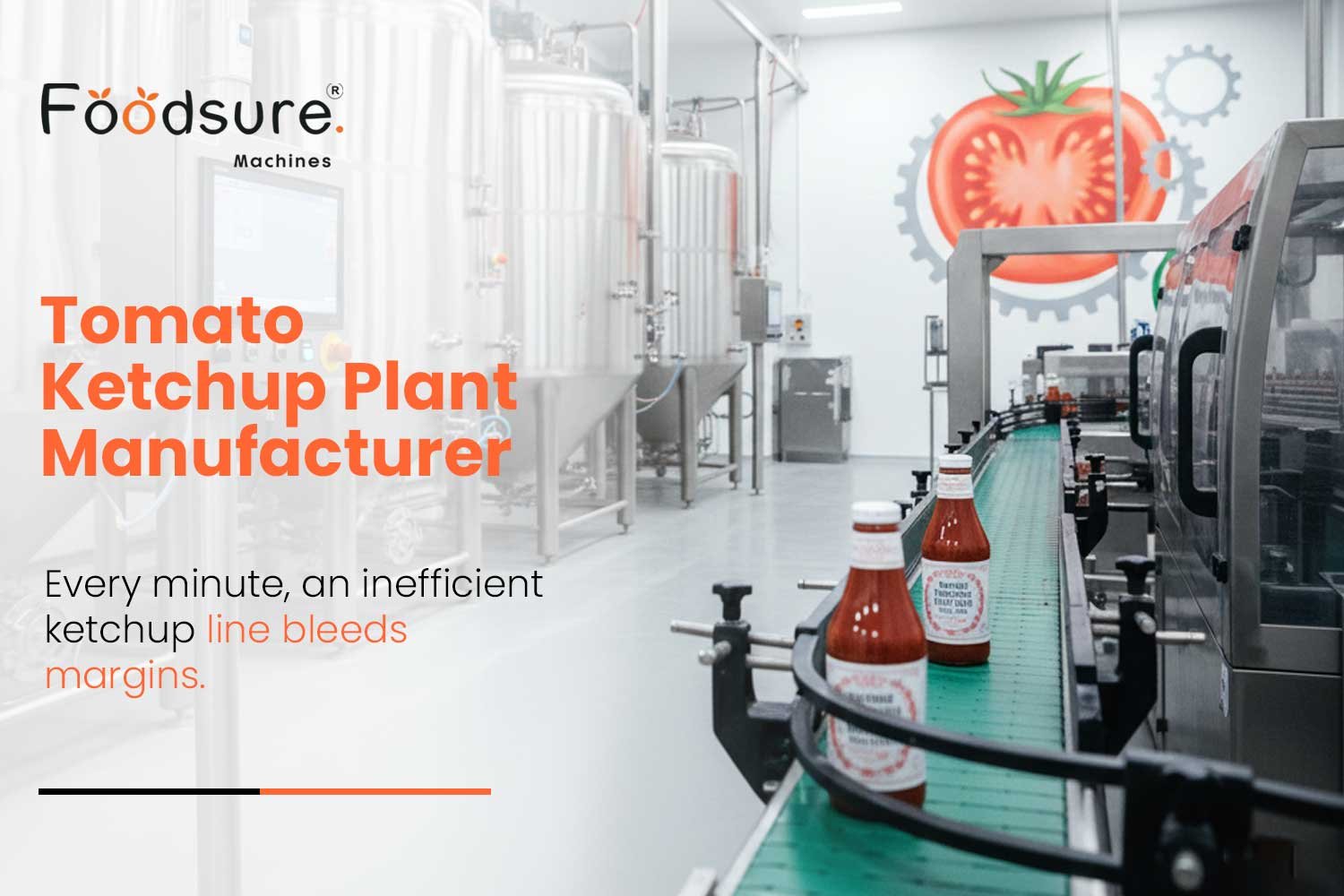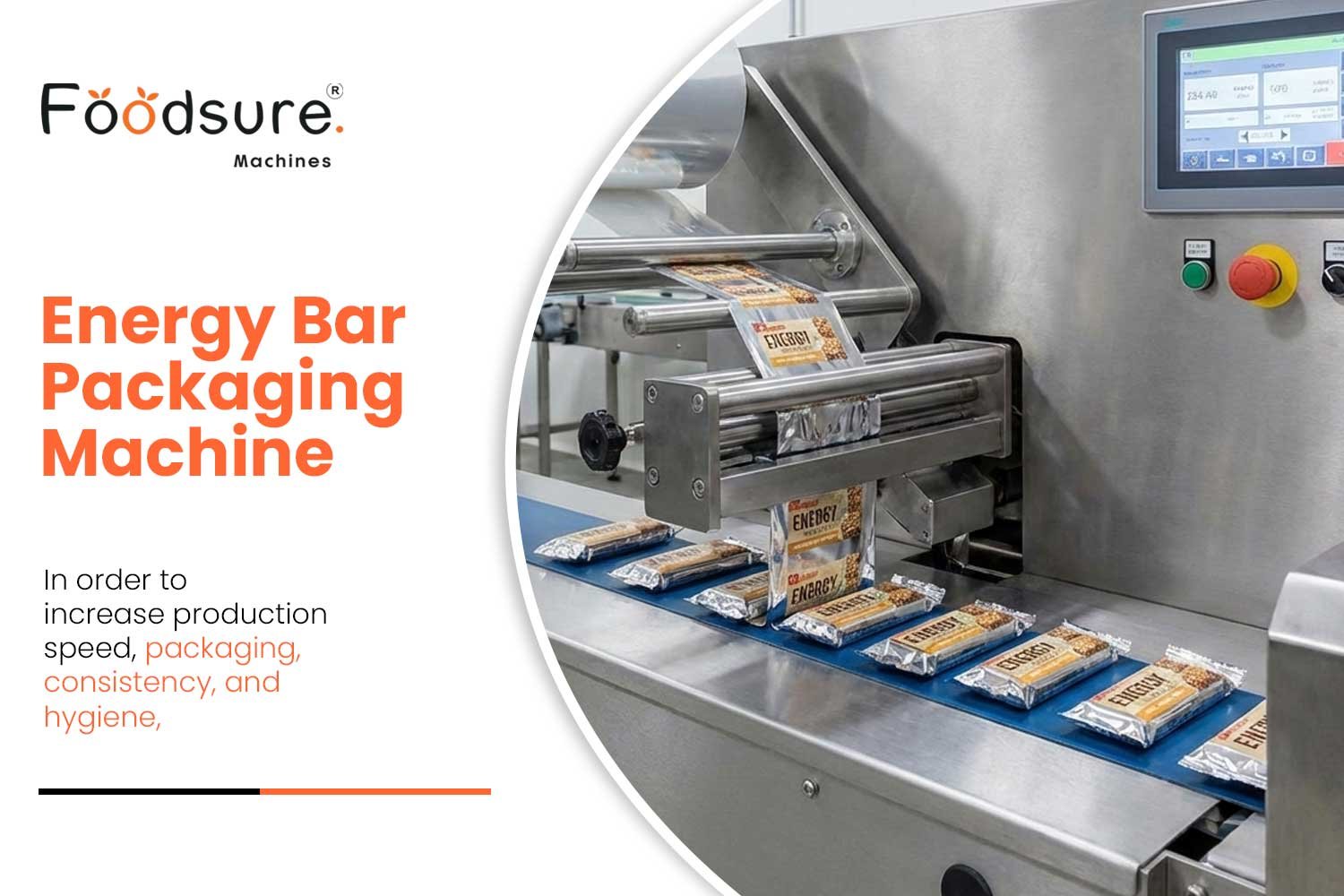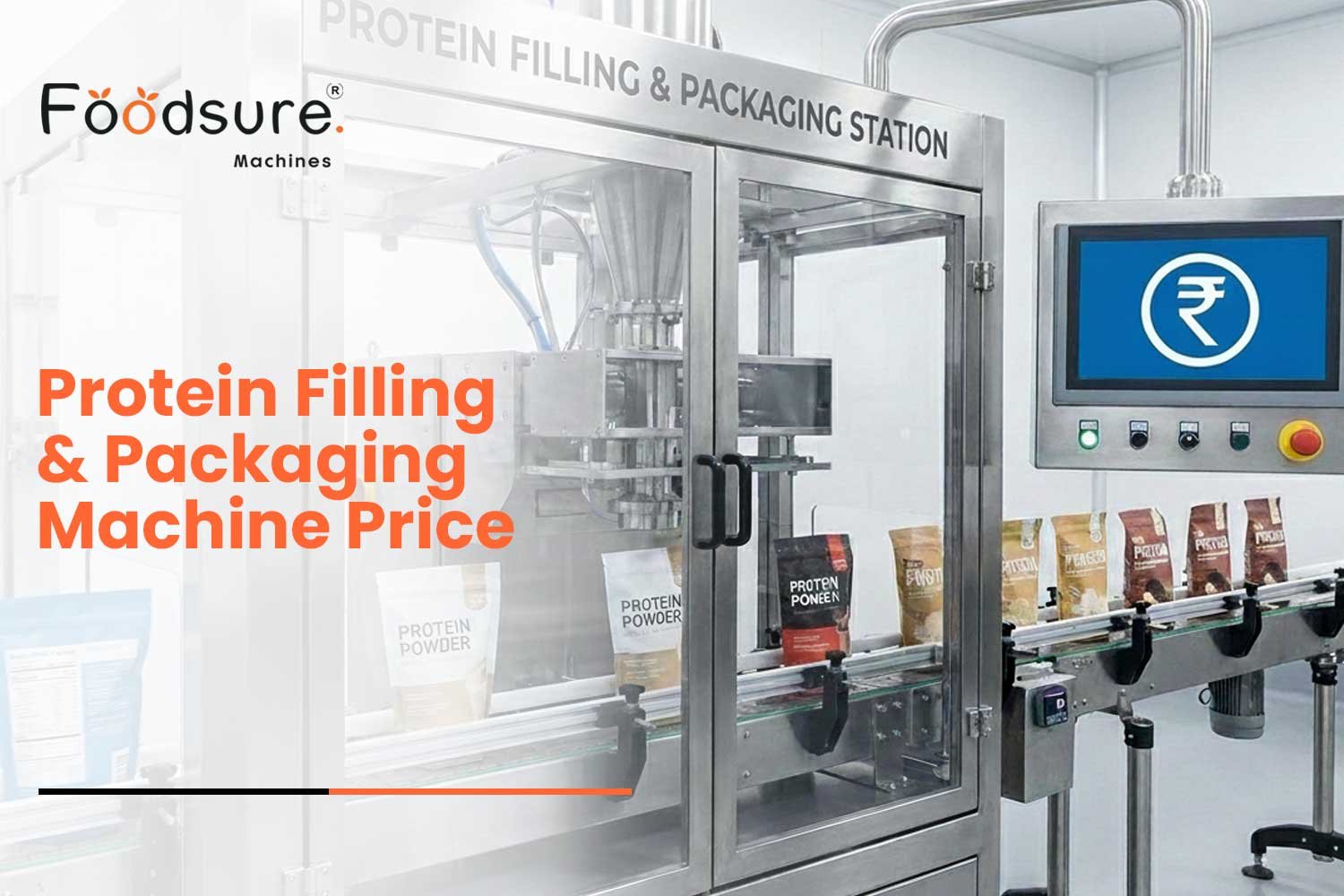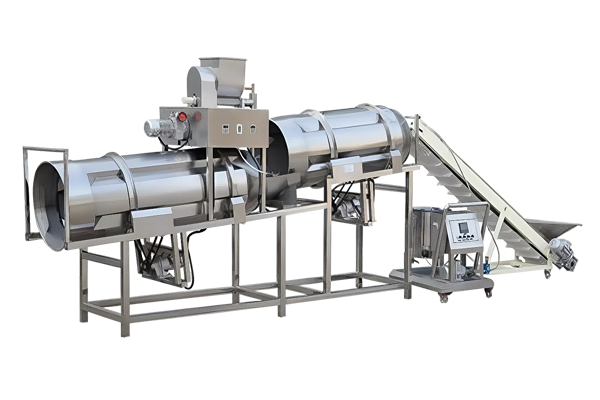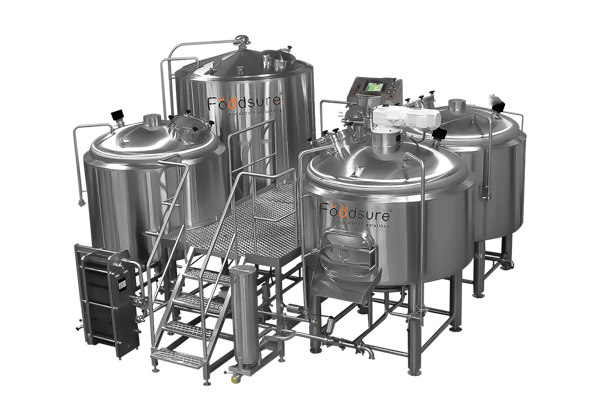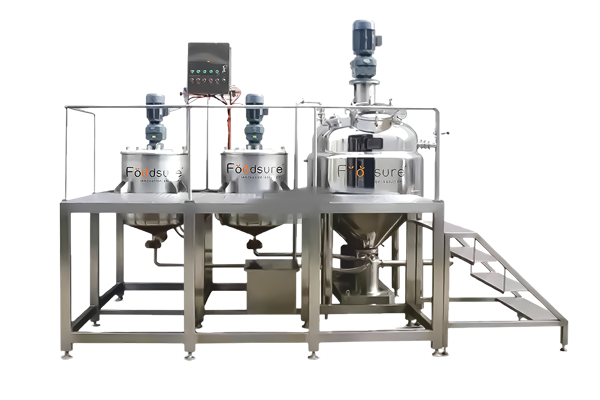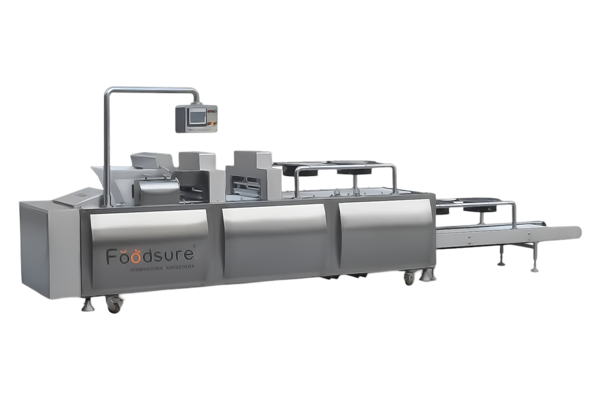Protein bars have gone from gym bags to grocery store shelves, becoming a daily snack for millions of people. However, there is a precise manufacturing process behind every perfectly wrapped bar. This guide will walk you through the entire protein bar production process in a logical way, even if you are new to the food production industry, whether you have ever questioned how these bars are really made, or whether you are interested in starting your small setup.
Understanding the Protein Bar Production Process
The protein bar production process is a series of steps that takes raw materials and creates a finished product. Begin by selecting high-quality proteins, binders, and flavorings so that the texture is the same and incorporated when everything is mixed. For additional flavor, the mixture is formed into slabs, chopped into bars, and occasionally coated with chocolate or yogurt. The bars are packaged to maintain freshness after they have cooled enough to maintain their form. Each stage maintains the bar’s safety, flavor, and consistency.
Protein Bar Manufacturing Process Step by Step
The protein bar manufacturing process may be broken down into these easy steps:
Ingredient Selection and Preparation
Proteins, sweeteners, binders, and flavorings are purchased. The safety and compliance of the components are examined.
Hexa-Type Coating
Some protein bar recipes begin with a hexa-type coating step, which adds a protective layer for texture, stability, and improved shelf life.
Mixing and Blending
Dry and wet ingredients are blended in industrial mixers. The goal is a consistent texture without lumps.
Extrusion or Shaping
Extrusion equipment is used to mold the blended mixture into continuous slabs or bars.
Cutting
The slabs are divided into consistent bar lengths using automated cutters.
Optional Coating
Some bars are coated in chocolate or yogurt layers for taste and variety.
Cooling
The bars are stabilized by cooling tunnels, which also prevent melting or sticking during packing.
Packing
To preserve freshness, bars are sealed in airtight packaging by wrapping machines.
Distribution and Storage
Prior to reaching merchants, packaged bars are kept in regulated environments.
Read More: How to Make Protein Bars Recipe for Small-Scale Production with Machines
Protein Bar Factory Setup Guide

If you’re planning to start a protein bar factory, the first thing to figure out is the layout of your production line. A good snack bar manufacturing process makes work faster, cuts down on waste, and keeps everything running smoothly. This Protein Bar Factory Setup Guide gives you an easy layout plan that covers where to place bar processing line, how the workflow should move, and how to separate hygiene zones and storage areas.
- Space Arrangement: Combine, shape, pack, and store to create an interesting environment.
- Certification and Licensing: Get food safety approvals such as FSSAI in India or FDA in the United States.
- Equipment: Get the machines you need: a mixer, an extruder, a cooling tunnel, and a packing machine.
- Utilities: Make sure you have backup power, water, waste, and air metering.
- Training for Employees: Employees should be knowledgeable about machine operation and sanitation procedures.
Read More: Everything Indian Manufacturers Need to Know About Protein Bar Extruders
Cost of Protein Bar Production
| Cost Component | Description | Estimated Cost Range (INR) |
|---|---|---|
| Raw Ingredients | Protein powders, oats, nuts, and sweeteners | ₹120 – ₹200 per kg |
| Mixing Equipment | Mixers, blenders, feeders | ₹2,00,000 – ₹5,00,000 |
| Extrusion & Shaping Machine | Shapes bars uniformly | ₹4,00,000 – ₹12,00,000 |
| Coating & Cooling System | For chocolate or flavor coating | ₹3,00,000 – ₹8,00,000 |
| Packaging Material | Wrappers, pouches, boxes | ₹1 – ₹3 per bar |
| Labor & Utilities | Workers, electricity, water | ₹50,000 – ₹1,50,000 per month |
| Quality & Compliance | Testing, certifications, audits | ₹20,000 – ₹80,000 annually |
Industrial Protein Bar Equipment
Though at first all Industrial protein bar equipment might seem too much, each one is performing a basic duty. Like a relay, they collaborate step by step until you get a finished protein bar. Here’s how it goes:
- Mixing and Blending Machine
Here starts the procedure. A smooth, even foundation is created by combining proteins, sweeteners, and binders. Since lumpy, uneven bars result from a poorly combined base, this stage is crucial.
- Extrusion Machine
Once mixed, the dough-like blend is pushed through an extruder that shapes it into a steady slab or rope shape. The extruder molds the shape that provides a consistent size and almost identical texture for each bar.
- Cutting Machine
Now, the slab is cut into bars. The cutting machine is designed so that each cut piece will weigh the same and look the same. This is how you will know the label on the wrapper will be the same as what’s inside.
- Coating Machine (Optional)
If your protein bar contains chocolate or yogurt or has a flavored layer, the coating machine applies the extra taste and makes the end product more eye-catching for consumers.
- Packaging Machine
This step protects your bars. The packaging machine wraps your bars in film or foil, sealing them airtight to keep them fresh for longer and extend their shelf life. Good packaging also brings your bars to the store shelf.
- Quality Control Equipment
At every step, there are sensors and monitors registering accuracy—be it weight, size, or seal quality. This is what keeps your bars safe, compliant, and consistent.
Often, when beginners see the protein bar manufacturing equipment process, it feels like a large industrial setup. But breaking it down machine by machine is just one logical chain: mix → shape → cut → coat → pack → check. Each step is important in producing a bar that is uniform, tasty, and safe to eat.
Case Study: Small Factory to Retail Success with Foodsure Machines
In Pune, a small entrepreneur partnered with Foodsure Machines to set up their protein bar unit. With an investment of around ₹25 lakhs in protein bar production line, installation, and licenses, they started production. At first, their protein bar cost per kg was about ₹650.
Foodsure Machines team helped them optimize raw material sourcing and shift to bulk contracts, with protein bar production cost per kg in India at ₹500 per kg. Within two years, their bars reached regional supermarkets with a shelf life of 9 months. Today, they manufacture nearly 1,500 kg per month, proof that the right protein bar machine and guidance from Foodsure Machines can help even small setups scale successfully.
Read More: Top Protein Bar Machine Consultants in India (2025 Guide)
Protein Bar Production Made Simple with Foodsure Machines
The protein bar production process may appear complex, but once you divide it into phases, it becomes simple. Anyone from new brands to major companies can do it well by having the right equipment, quality ingredients, and an emphasis on quality. It is ultimately all about cost, compliance, and consistency. Foodsure Machines helps to keep production running by means of reliable gear and constant support.
Contact us now: +919870533566
FAQs
Q1. What is the protein bar production process?
Ans: It starts out with mixing, shaping, cutting, coating (optional), cooling, packaging, storing, etc.
Q2. What is the capital for setting up a protein bar factory in India?
Ans: Around ₹20–30 lakhs for a small-scale factory, with larger plants attracting bigger capital.
Q3. What is the average protein bar production cost per kg in India?
Ans: The average cost of production is around ₹450 to ₹700 per kg based on the ingredients and scale of production.
Q4. What is the shelf life of protein bars?
Ans: Most of the bars last around 6–12 months when packaged and stored under the right conditions.
Q5. What machines are required for the production of protein bars?
Ans: The main machines required are industrial mixers, extruders, cutters, cooling tunnels, and packing machines.
Q6. How profitable is the protein bar production process?
Ans: Protein bars offer 30–50% margins with strong urban demand.
Q7. What is the main ingredient used in protein bar production?
Ans: Most bars use whey protein, plant protein, oats, nuts, and binders.
Q8. Where does the protein in protein bars come from during production?
Ans: Mainly from whey isolate, soy protein, pea protein, or nut blends.
Q9. What are commercial protein bars typically made of?
Ans: A mix of protein powders, sweeteners, nuts, flavors, and binders.
Q10. Is 70% profit margin possible in protein bar production?
Ans: Only with premium pricing and high-efficiency manufacturing.
Q11. Which type of protein bar is most profitable to produce?
Ans: High-protein, low-sugar bars command the highest margins.
Q12. Is protein bar manufacturing a high-risk business?
Ans: Low risk, demand is rising and ingredients have long shelf life.

